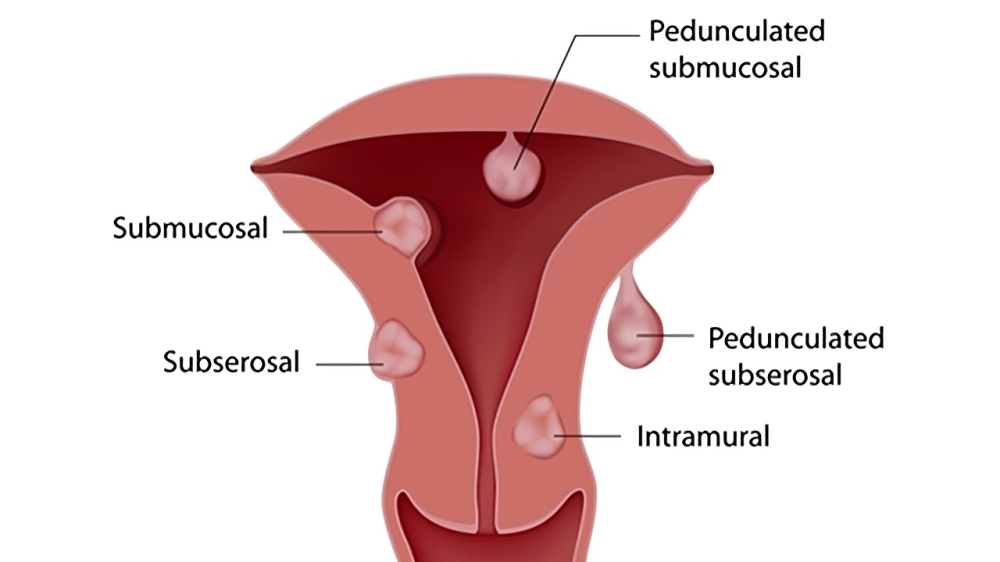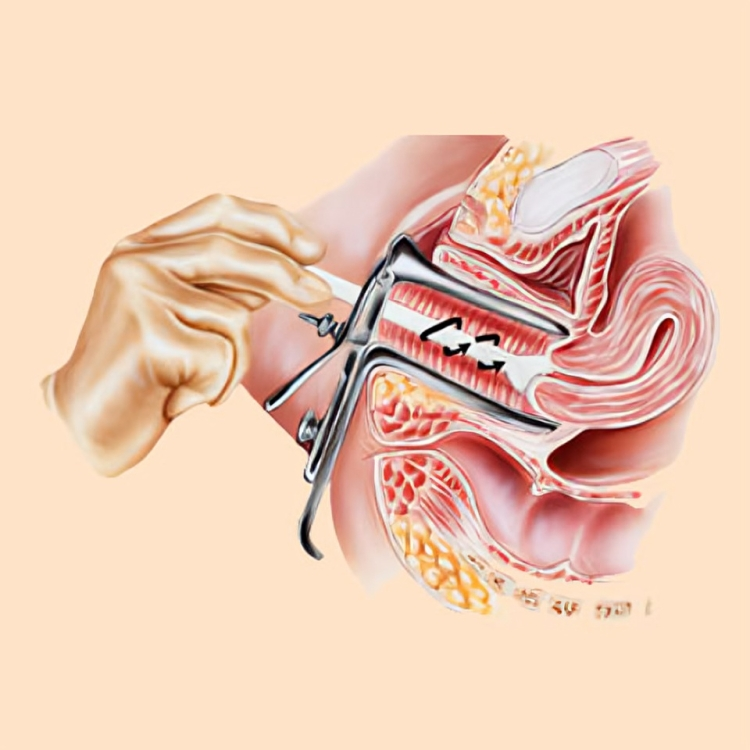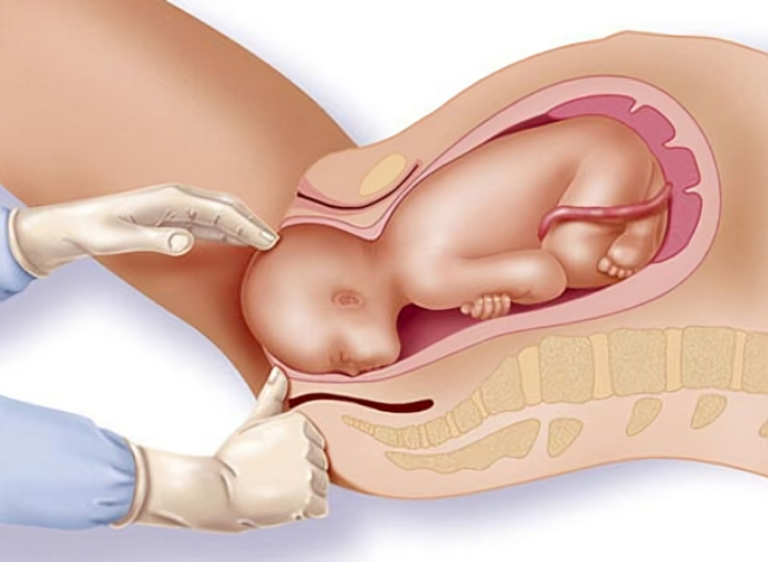Unraveling Vaginal Infections: Causes, Symptoms, and Effective Treatments.
Vaginal infections are a common health concern among women, affecting millions globally. These infections can be caused by various factors, including bacteria, fungi, or viruses. Understanding the causes, recognizing symptoms, and seeking prompt medical attention are crucial for effective treatment and maintaining reproductive health. In this article, we will delve into the diverse types of vaginal infections, their causes, symptoms, and available treatment options.
To Know More About It Please Click Here
Common Types of Vaginal Infections
- Bacterial Vaginosis (BV): BV is a common bacterial infection that occurs when there is an imbalance in the natural bacterial flora of the vagina. The overgrowth of harmful bacteria can lead to symptoms such as a fishy odor, abnormal discharge, and itching.
- Yeast Infections: Candida, a type of fungus, can cause yeast infections. Factors such as antibiotic use, hormonal changes, or a weakened immune system can contribute to an overgrowth of yeast. Symptoms include itching, redness, swelling, and a thick, white discharge.
- Trichomoniasis: Trichomoniasis is a sexually transmitted infection caused by a parasite. It can lead to itching, burning, and a frothy, greenish-yellow discharge. While women may experience symptoms, men can carry the parasite without showing signs.
- Sexually Transmitted Infections (STIs): Infections like chlamydia, gonorrhea, and herpes can also affect the vagina. These infections often come with symptoms such as pain during urination, abnormal discharge, and genital sores.
Causes of Vaginal Infections
- Imbalance in the Vaginal Microbiota: Disruption of the delicate balance between beneficial and harmful bacteria in the vagina can lead to infections. Factors such as douching, antibiotic use, or hormonal fluctuations can contribute to this imbalance.
- Sexual Activity: Unprotected sexual intercourse, multiple sexual partners, or engaging in sexual activity with a partner who has an infection can increase the risk of vaginal infections.
- Poor Hygiene Practices: Improper hygiene, including the use of harsh soaps or frequent douching, can disrupt the natural pH balance of the vagina, making it more susceptible to infections.
Symptoms of Vaginal Infections
- Abnormal Discharge: Changes in color, consistency, or odor of vaginal discharge may indicate an infection.
- Itching and Irritation: Persistent itching or irritation in and around the vaginal area can be a sign of an underlying infection.
- Pain or Discomfort: Pain during urination, sexual intercourse, or general discomfort in the pelvic region may be indicative of a vaginal infection.
- Redness and Swelling: Inflammation of the vaginal tissues can lead to redness and swelling.
Treatment Options for Vaginal Infections
- Antibiotics: Bacterial infections like BV and certain STIs can be treated with antibiotics prescribed by a healthcare professional.
- Antifungal Medications: Yeast infections are commonly treated with antifungal creams, suppositories, or oral medications.
- Antiparasitic Medications: Trichomoniasis requires antiparasitic medications to effectively eliminate the infection.
- STI Treatment: STIs, such as chlamydia and gonorrhea, may be treated with a course of antibiotics. Viral infections like herpes may require antiviral medications for symptom management.
To Know More About It Please Click Here
Conclusion
Vaginal infections are common and treatable conditions that can impact a woman’s reproductive health and overall well-being. Timely recognition of symptoms, practicing safe sex, maintaining proper hygiene, and seeking prompt medical attention are key components in preventing and effectively managing vaginal infections. Women experiencing persistent symptoms or discomfort should consult with a healthcare professional for an accurate diagnosis and appropriate treatment plan tailored to their specific condition.







